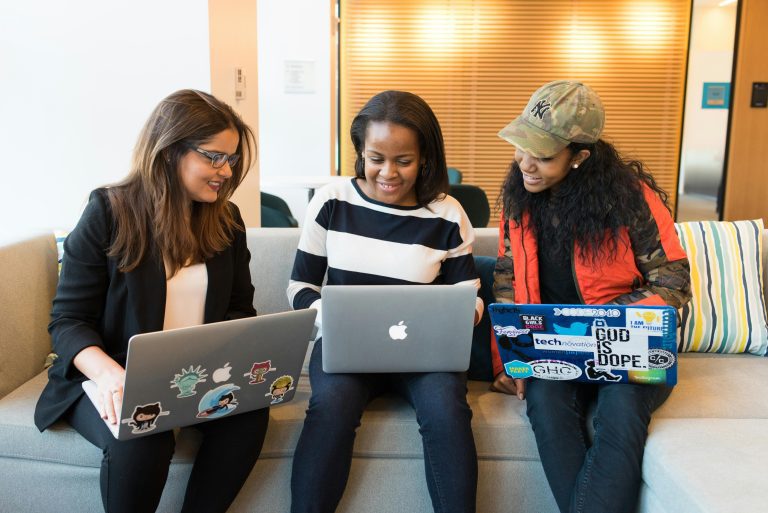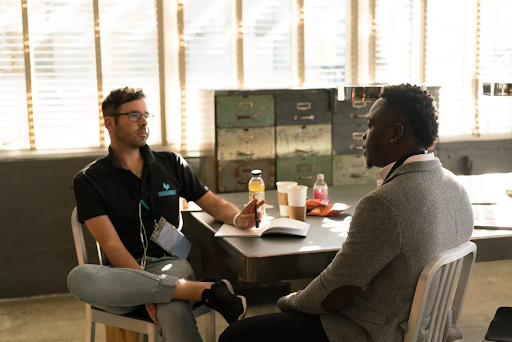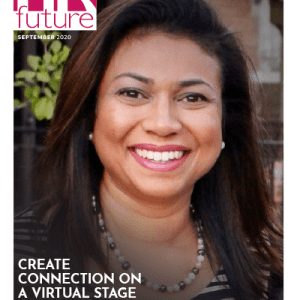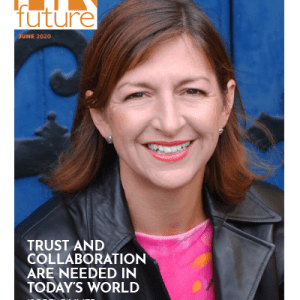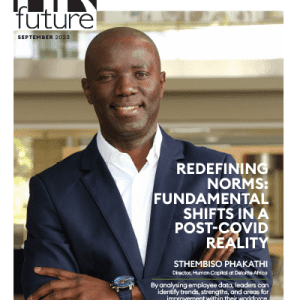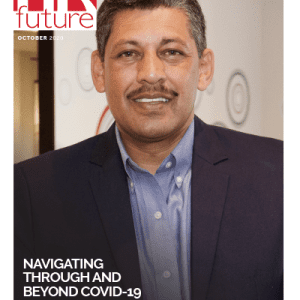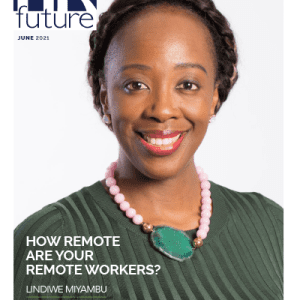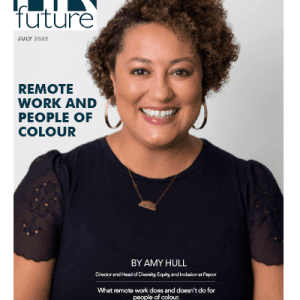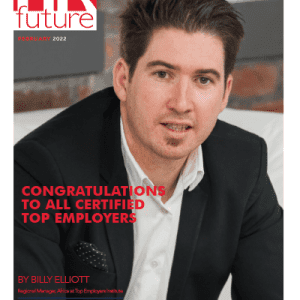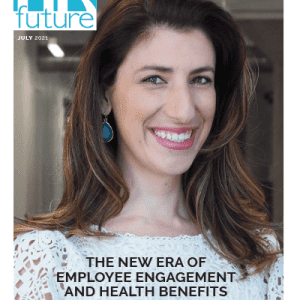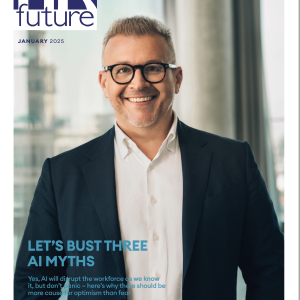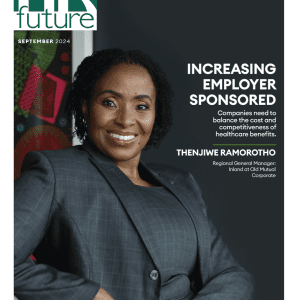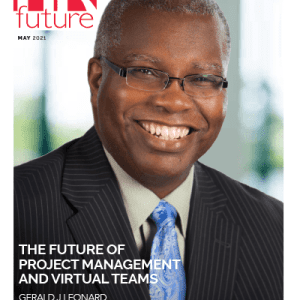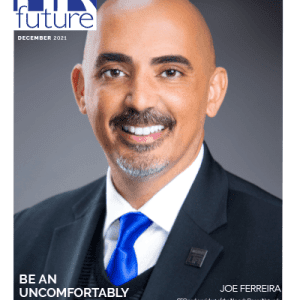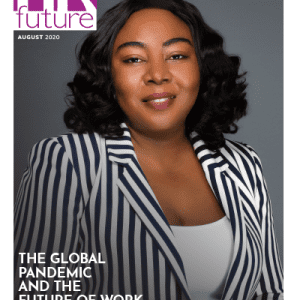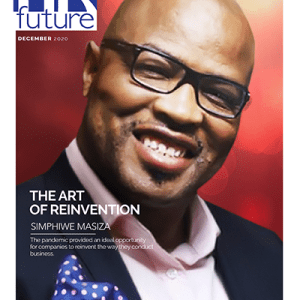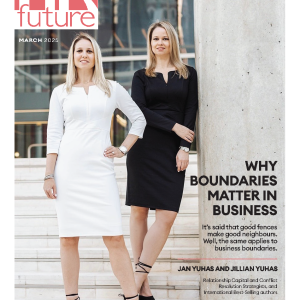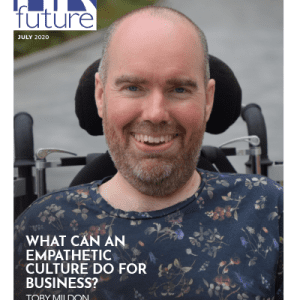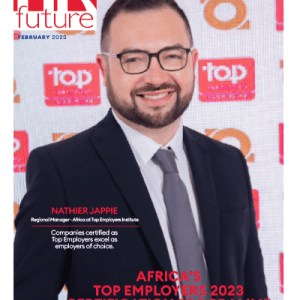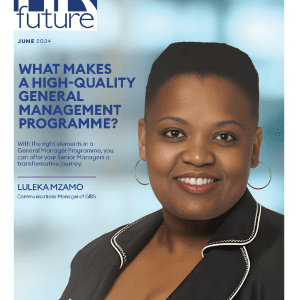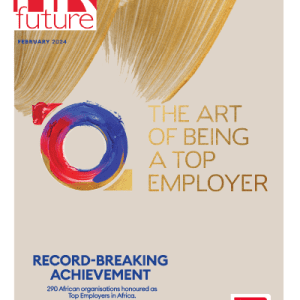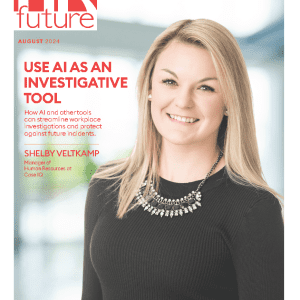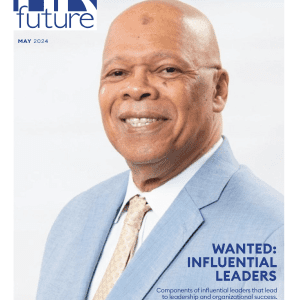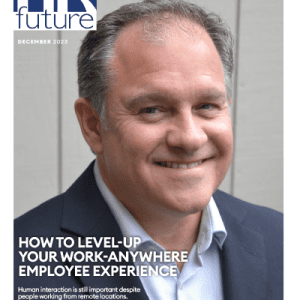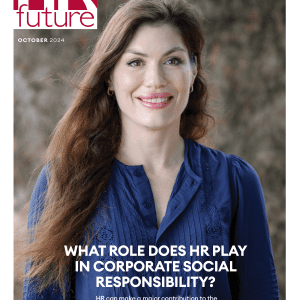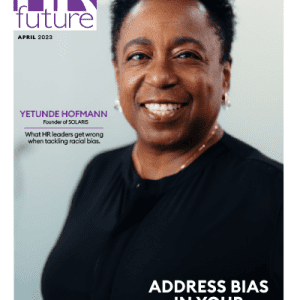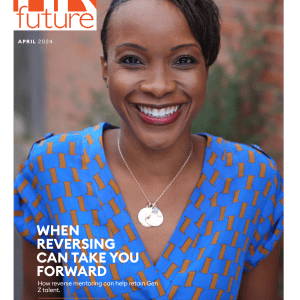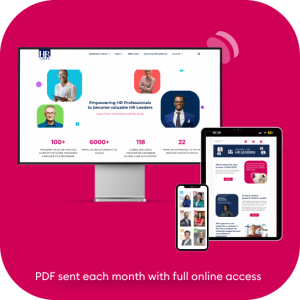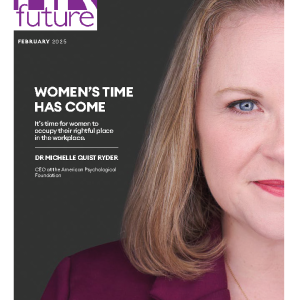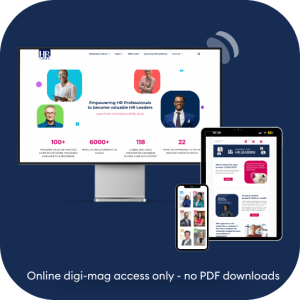How to keep social tension from tearing your team apart.
As they slowly return to the office, employees are rediscovering how rife with social awkwardness the workplace can be. From lunchtime invitations to holding doors for colleagues, even the simplest interactions can be subject to an intricate and often ambiguous etiquette.
When we run afoul of these rules through a social gaffe, it can have serious consequences for our workplace relationships. But how and why this happens – and how it can be avoided – are still largely underexplored issues.
Two of us (Heather and Harshad), along with Chandra Shekhar Pathki of Nazarbayev University, sought to address this by authoring the first-ever research study dedicated to the subject of social gaffes in the workplace.
We combined scholarship on social gaffes with studies focused on embarrassment, shame, and guilt — the three so-called “self-conscious emotions” — to build a theoretical model showing how gaffes may affect interactions between co-workers.
Different gaffes
Gaffes come in different shapes and sizes, from acts that appear rude (e.g., being too preoccupied to hold the elevator door for a colleague, forgetting a team member’s birthday, or failing to acknowledge someone in a Zoom meeting) to those that can make you look unprofessional (e.g., fumbling during a presentation so that it seems you haven’t prepared or bungling a client call).
Our model suggests that when it comes to gaffes, there’s more than meets the eye. A relatively minor misstep can demolish harmonious professional relationships. On the other hand, a fairly big one can pass as a non-event – or bring colleagues closer together.
It all depends on the post-gaffe impressions, emotions, and actions of the parties involved. (From now on, we’ll refer to the person who commits a gaffe as the “actor” and those on the receiving end as “target.” In the real world, of course, a single gaffe can have multiple targets, but for consistency’s sake we’ll use the singular throughout.)
Let’s say you’ve been asked at the last minute to present the results of a major project to senior leaders on behalf of your team. Entirely by accident, you omit the name of a key team member from the slide deck.
Wrapped up in the pressures of presenting under the gun, you might not even realize you made a mistake. The target might not either. Many social gaffes are small enough to go undetected. But if your gaffe does come to your attention, your reaction will most often be dominated by one of the three self-conscious emotions: embarrassment, shame, or guilt.
An embarrassed reaction (“That made me look so stupid! What will they think of me now?”) will likely spur self-aggrandizing behavior focused on repairing your reputation. For example, you may flaunt your intelligence in an attempt to regain the respect of the target.
The maxim “no one likes a show-off” being true as ever, this effort will most often backfire and the relationship between the two of you will deteriorate. However, if the target understands what’s occurring — i.e. that you’re aware you committed a gaffe and are trying to compensate, even if awkwardly — they’ll adopt a more forgiving stance.
Shame (“I can’t believe I did that! I’m not smart enough, good enough at my job, etc.”) is a more problematic emotion as it attributes gaffes to deep-seated defects within yourself, rather than a simple one-time mistake. Shame induces emotional withdrawal from the target of your gaffe and those who witnessed it.
For example, you might avoid the colleague whose name you forgot to include in the PowerPoint, because every encounter with them would be a painful reminder of your own flaws. For their part, however, the target would probably interpret this deliberate avoidance as a personal slight – unless, of course, they correctly perceived the gaffe and the shame you were suffering from.
Guilt-based reactions (“I feel terrible about leaving their name out, I hope they weren’t hurt!”) are very different from the other two. Guilt tends to trigger what academics call other-focused repair – acts of kindness and empathy toward the target intended to soothe hurt feelings.
You might try to make up for your PowerPoint blunder with a sincere apology over lunch or coffee – your treat. And research shows that reaching out in this way will improve your relationship with the colleague in question, whether or not they realized the reason for your sudden kindness (i.e. the gaffe).
Don’t ignore gaffes
The best way to avoid these misunderstandings is for both actor and target to recognize gaffes when they occur and resolve the situation together. But because gaffes are unintentional and often obscure, they’re commonly misidentified or ignored.
Hence the need for supervisors to get involved. The first course of action for managers should be to create protocols designed to prevent gaffes from happening in the first place. In the slide-deck example above, a checklist or a standardized PowerPoint template could have reminded the actor to include everyone’s name on the relevant slide.
Similarly, team leaders could require that sensitive work outputs such as presentations to top managers be reviewed by several team members before finalization. The key idea is to isolate areas where the emotional and professional stakes are especially high and narrow the room for error within those areas.
Programs reminding employees to slow down and be more deliberate about everything they do in the workplace, e.g. sensitivity or interpersonal-skills training and mindfulness meditations, can also be useful.
That said, it is impossible to pre-empt all gaffes, especially as awkwardness runs rampant among employees re-adjusting themselves to the office environment. Managers will have to pay attention and spot gaffes when they happen.
Let’s go back to the slide deck example; this time, imagine that you’re the team manager. Usually, gaffes don’t announce themselves with loud bells and whistles; they’re subtle social events. If you witness an apparent gaffe such as someone on the team being accidentally denied credit and you’re not sure whether to respond, err on the side of action. Don’t assume that surface politeness between actor and target means that everything’s OK.
Post gaffe conversations
For a post-gaffe conversation with the actor, a manager’s first priority should be to forestall shame in favor of a more psychologically healthy response. As the research shows, shame is a potentially damaging emotion, because it impinges on the actor’s sense of self, suggesting that the gaffe sprang from some deep-seated flaw or inadequacy.
Therefore, the manager’s best bet is to normalize gaffes as much as possible. There are a few do’s and don’ts. You don’t want to publicly reprimand or ridicule actors for their gaffes. What may be intended as playful teasing could affect the actor’s self-worth, thus resulting in shame. Also, don’t use the language of blame, e.g. words like “fault,” “responsibility,” or “accountability,” that imply judgement on your part, as that may trigger self-blame (leading to shame) rather than an other-focused response.
On the other hand, you do want to clearly communicate that you know the gaffe was wholly unintentional. You can further normalize and destigmatize gaffes by sharing one or two that you have committed in the past. This will show the actor they’re not alone. The key message to deliver is that gaffes are a given – it’s how you respond afterwards that matters. Managers can then suggest specific forms of other-focused repair.
When talking with the target, managers should focus on cultivating empathy. In the case of the PowerPoint gaffe, for example, the manager should highlight the unintentional nature of the gaffe by reinforcing how much pressure the actor was under in putting together the presentation, how anyone could have made the same error under those conditions, etc.
At the very least, this will counterbalance any negative misunderstandings that may be forming in the target’s mind. In the best case, an empathic response will prime the target for the actor’s apology – thus drawing the two closer together.
Research shows that to foster empathy in others, managers need to first set the example. In other words, how managers themselves behave when they’re the target of a gaffe may well set the tone for the team.
Summing up
The post-gaffe managerial strategy should be to (a) normalize the gaffe as the sort of innocent error we are all capable of – by underlining the unintentional nature of the social gaffe and giving examples of their own gaffes; (b) inspire the actor and target to empathize with one another; and (c) promote the restoration or strengthening of social bonds through other-focused repair (i.e., kind words and gestures).
However, what looks like a gaffe at first glance can actually be something more sinister, such as a microaggression or an act of purposeful incivility. When the target is someone from a marginalized group, the incident might warrant more scrutiny, since microaggressions usually are directed toward members of those groups. The likelihood of deliberate hostility is also higher if the actor and target have been in conflict in the past, or the actor has been guilty of similar transgressions before.
But when the problem is awkwardness rather than aggression, managers can leverage their knowledge of gaffes to keep teams productive and positive.
Heather C. Vough is an Associate Professor at George Mason University in Fairfax, Virginia, US, whose research is focused on identity construction and sensemaking in organizations, professions and careers. Her work has been featured in Harvard Business Review, the Washington Post, the Globe and Mail, the Wall Street Journal, Psychology Today, U.S. News and World Report, and the Huffington Post. Harshad Puranik is an assistant professor in the department of managerial studies at the University of Illinois, Chicago.
Harshad’s research focuses on how work interruptions, workplace emotions, and different types of employee interactions can impact employee relationships and wellbeing. Benjamin Kessler is Research Communications and Outreach Officer for George Mason University School of Business in Fairfax, Virginia, US.








